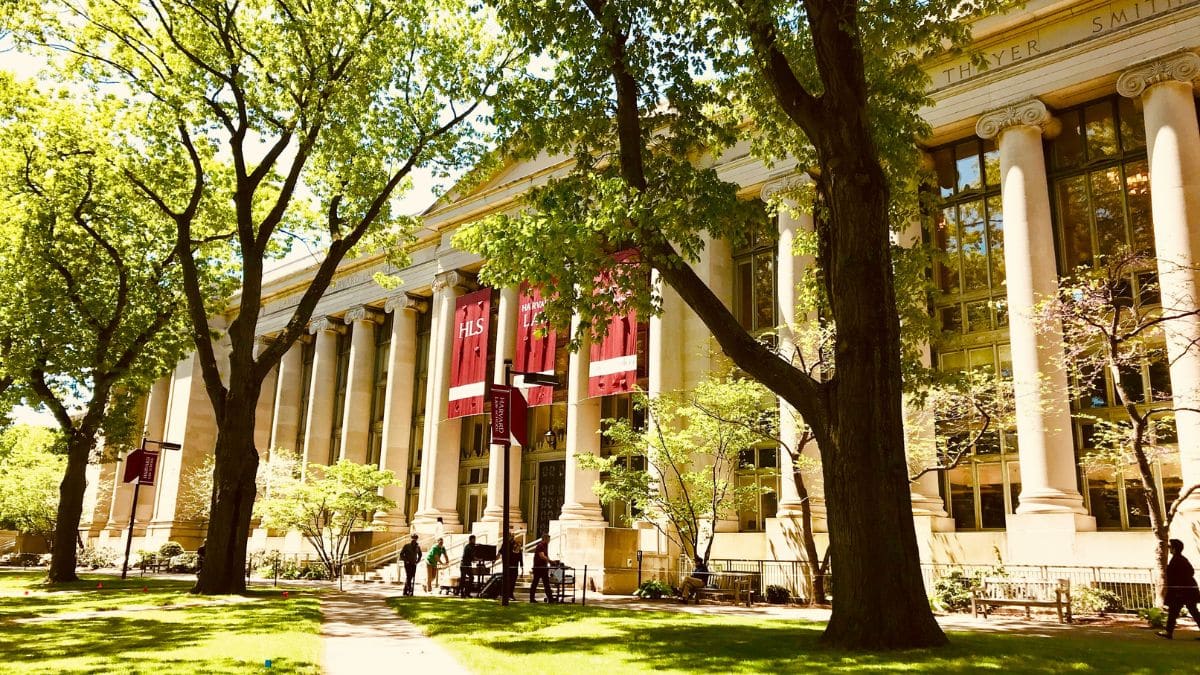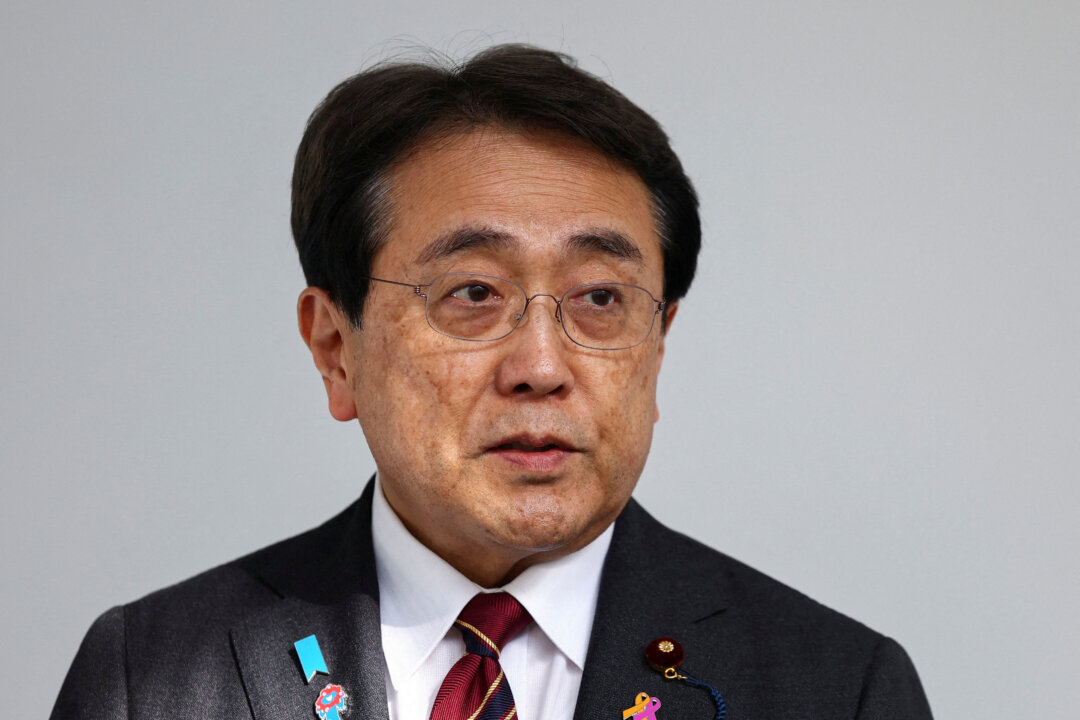0 Σχόλια
0 Μοιράστηκε
74 Views

Κατάλογος
Elevate your Sngine platform to new levels with plugins from YubNub Digital Media!
-
Παρακαλούμε συνδέσου στην Κοινότητά μας για να δηλώσεις τι σου αρέσει, να σχολιάσεις και να μοιραστείς με τους φίλους σου!
-
 YUBNUB.NEWSHarvard Given 30 Days to Respond to Foreign Student BanThe Trump administration has given Harvard University 30 days to respond to the ban on foreign students. A May 28 notice to the university reiterates the governments intent to withdraw Harvards0 Σχόλια 0 Μοιράστηκε 75 Views
YUBNUB.NEWSHarvard Given 30 Days to Respond to Foreign Student BanThe Trump administration has given Harvard University 30 days to respond to the ban on foreign students. A May 28 notice to the university reiterates the governments intent to withdraw Harvards0 Σχόλια 0 Μοιράστηκε 75 Views -
 YUBNUB.NEWSTrumps Big Beautiful Bill Could Compromise Private Education (Video)HomeCommentaryTrumps Big Beautiful Bill Could Compromise Private Education (Video) Tim Brown 2025-05-29 While many conservatives are celebrating the advancement of President Donald Trumps0 Σχόλια 0 Μοιράστηκε 76 Views
YUBNUB.NEWSTrumps Big Beautiful Bill Could Compromise Private Education (Video)HomeCommentaryTrumps Big Beautiful Bill Could Compromise Private Education (Video) Tim Brown 2025-05-29 While many conservatives are celebrating the advancement of President Donald Trumps0 Σχόλια 0 Μοιράστηκε 76 Views -
 YUBNUB.NEWSJapans Trade Envoy May Leverage US Defense Purchases in Tariff TalksRyosei Akazawa is set to meet with U.S. Treasury Secretary Scott Bessent in Washington on Friday.Japan is considering using the buying of American defense products as leverage in trade talks, Tokyos0 Σχόλια 0 Μοιράστηκε 75 Views
YUBNUB.NEWSJapans Trade Envoy May Leverage US Defense Purchases in Tariff TalksRyosei Akazawa is set to meet with U.S. Treasury Secretary Scott Bessent in Washington on Friday.Japan is considering using the buying of American defense products as leverage in trade talks, Tokyos0 Σχόλια 0 Μοιράστηκε 75 Views -
 WWW.LIVESCIENCE.COMChina has developed the largest drone carrier in the world and it's getting ready for takeoffThe worlds largest drone "mothership" is getting ready for deployment in June. Its designed to carry and launch up to 100 drones in a swarm, including kamikaze drones.0 Σχόλια 0 Μοιράστηκε 74 Views
WWW.LIVESCIENCE.COMChina has developed the largest drone carrier in the world and it's getting ready for takeoffThe worlds largest drone "mothership" is getting ready for deployment in June. Its designed to carry and launch up to 100 drones in a swarm, including kamikaze drones.0 Σχόλια 0 Μοιράστηκε 74 Views -
 WWW.UNIVERSETODAY.COMThe Biggest Ideas in the Universe Quanta and FieldsWhat happens when you see something that just doesnt make sense? Perhaps you rub your eyes and consider it an anomaly. But what if you see it in an experiment? Say, travelling electrons that make different patterns depending upon whether they were detected? Then, you might want to change your sense of reality. Now, if you can develop a theory for the observations, then maybe you can start a new field of science. It has happened. Quantum mechanics is the name given to this relatively new field and its the topic that Sean Carroll writes in his book, The Biggest Ideas in the Universe Quanta and Fields. In his book, theres much ado about particles, fields, groups and diagrams; all with the aim of enabling any reader to make sense of it.0 Σχόλια 0 Μοιράστηκε 62 Views
WWW.UNIVERSETODAY.COMThe Biggest Ideas in the Universe Quanta and FieldsWhat happens when you see something that just doesnt make sense? Perhaps you rub your eyes and consider it an anomaly. But what if you see it in an experiment? Say, travelling electrons that make different patterns depending upon whether they were detected? Then, you might want to change your sense of reality. Now, if you can develop a theory for the observations, then maybe you can start a new field of science. It has happened. Quantum mechanics is the name given to this relatively new field and its the topic that Sean Carroll writes in his book, The Biggest Ideas in the Universe Quanta and Fields. In his book, theres much ado about particles, fields, groups and diagrams; all with the aim of enabling any reader to make sense of it.0 Σχόλια 0 Μοιράστηκε 62 Views -
Heat Melts Guitar at Guns N' Roses' Saudi Arabia ShowPHOTO - Heat Melts Guitar During Guns N' Roses Show in Saudi ArabiaGuns N’ Roses’ Guitars Literally Melted During Show in Extreme Saudi Arabia HeatKevin Mazur, Getty Images / CanvaIt was so hot during Guns N' Roses' recent visit to Saudi Arabia, the band's guitars were literally melting.And there's photos to prove it.Photos Show What Happened To Guns N' Roses Member's GuitarRichard Fortus has...0 Σχόλια 0 Μοιράστηκε 968 Views
-
Volbeat's Michael Poulsen Credits Famous Athlete for Sobriety'He Saw All the Alarms Going On' - Volbeat's Michael Poulsen Credits Famous Athlete for SobrietyVolbeat frontman Michael Poulsen has given credit to a famous Danish boxer for inspiring the healthy turnaround he's made in his life.Mikkel Kessler made his name as a professional boxer who was active between 1998 and 2013. While he held multiple super middleweight world championship titles during...0 Σχόλια 0 Μοιράστηκε 951 Views
-
Spiritual Minecraft successor Reforj transforms building tools in first updateSpiritual Minecraft successor Reforj transforms building tools in first update As an Amazon Associate, we earn from qualifying purchases and other affiliate schemes. Learn more. With the Minecraft movie bringing Mojang's iconic sandbox even more to the forefront of our minds, there's always the lingering question about a...0 Σχόλια 0 Μοιράστηκε 919 Views
-
Best PC steering wheel 2025 - racing wheels tested for all budgetsBest PC steering wheel 2025 - racing wheels tested for all budgets As an Amazon Associate, we earn from qualifying purchases and other affiliate schemes. Learn more. What is the best PC racing wheel? A wheel goes a long way towards enhancing your immersion in road vehicle-based games, and besides that, the extra level...0 Σχόλια 0 Μοιράστηκε 908 Views



